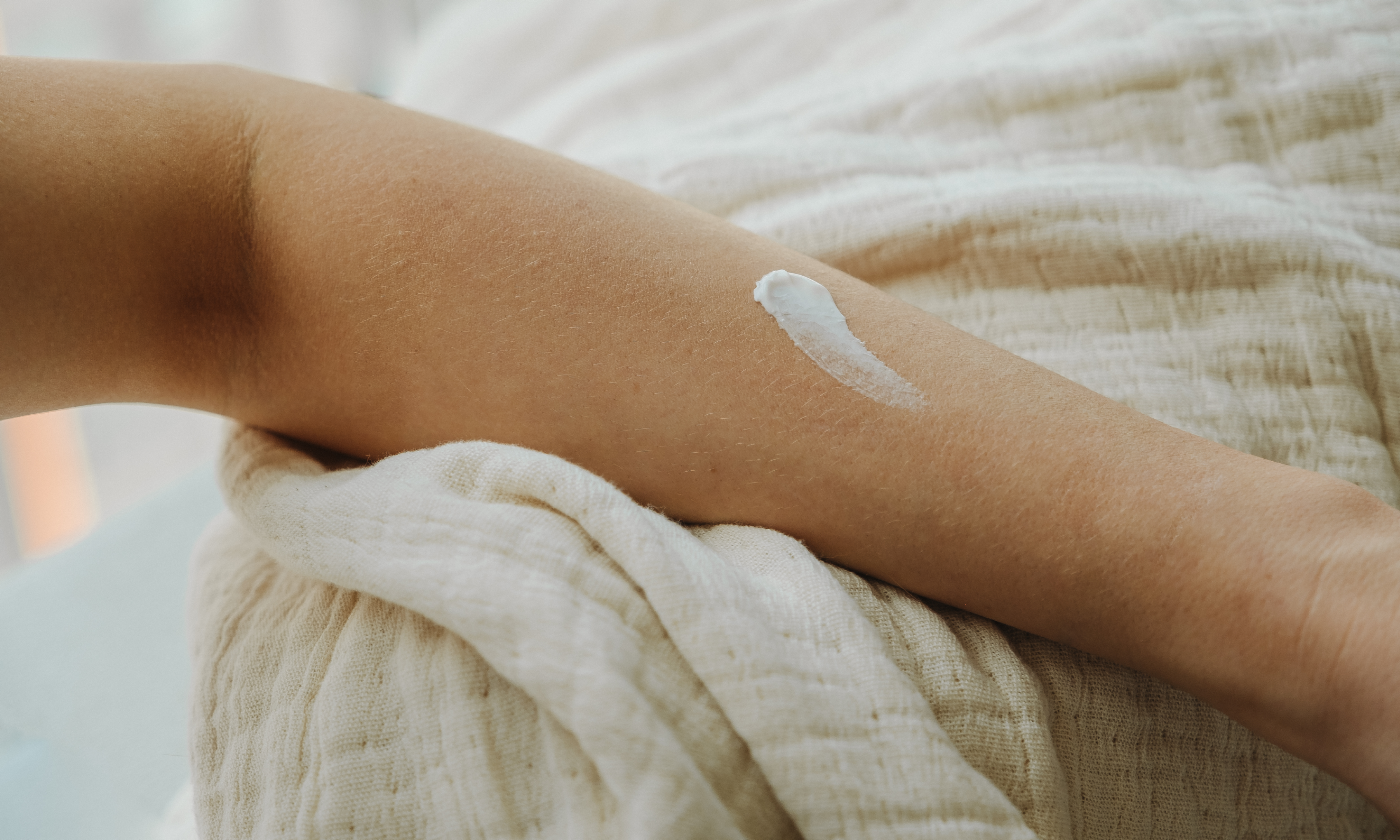
How to Choose the Right SPF for Kids
Choosing the perfect sunscreen isn’t always easy when there are hundreds of options to choose from––especially for younger, more sensitive skins. While any SPF is better than no SPF, we broke down a few tips & tricks to help you better choose a sunscreen for your little ones’ needs!
STEP 1: SPF 30 OR HIGHER ONLY, PLEASE
An SPF 30 is the absolute minimum for a functional sunscreen (for adults as well, by the way!). Anything higher is great as well; it simply means you’ll have to apply a bit less frequently throughout the day outside.
TIZO ULTRA ZINC FACE AND BODY SUNSCREEN SPF 40
This also brings us to our second most important point…
STEP 2: CHOOSE BROAD-SPECTRUM AND USE ENOUGH OF IT
You’ll always want to choose a broad-spectrum coverage. This means the sunscreen protects against both UVA and UVB rays, which is essential to protect against sunburns and both cancerous rays.
As for quantity, in general, it takes about one ounce (two tablespoons) of sunscreen to cover the exposed parts of an adult body. Therefore, a bit less is needed for smaller children and even less for babies. Make sure sensitive areas, such as the nose, lips, ears, neck, hands, and feet are adequately covered.
COLORESCIENCE SUNFORGETTABLE® TOTAL PROTECTION™ SPORT STICK SPF 50
SALT & STONE SUNSCREEN LIP BALM SPF 30
STEP 3: CHECK YOUR INGREDIENTS
Take a peak at the ingredients list for zinc oxide or titanium dioxide––the latter is better for sensitive skin. With this in mind, you don't necessarily need to buy sunscreen that says it is made specifically for infants or children. As long as the sunscreen provides all the ingredients above, it is safe for your child.
STEP 4: CONSIDER THE NEEDS
Depending on the age and activities of your little one, your choice may change. For example, while babies may not be as active as a toddler or young children, a water-resistant sunscreen is ideal. If ever your baby breaks a little sweat while outside, you’ll be sure your little one remains adequately protected.
Spray-on sunscreen may also seem like a great timesaver for toddlers and young kids, but it actually puts your child at risk of breathing in harmful chemicals when sprayed. Instead, opt for sunscreen lotions, which–when applied properly–also have better coverage and better hydrate the skin.
Most importantly: everyone 6 months or older needs to wear sunscreen. If your child is under 6 months, experts recommend limited exposure to the sun–which means a hat, shade, and clothing that covers their sun-sensitive new skin is your best friend!
Until next time,
The BSE Team

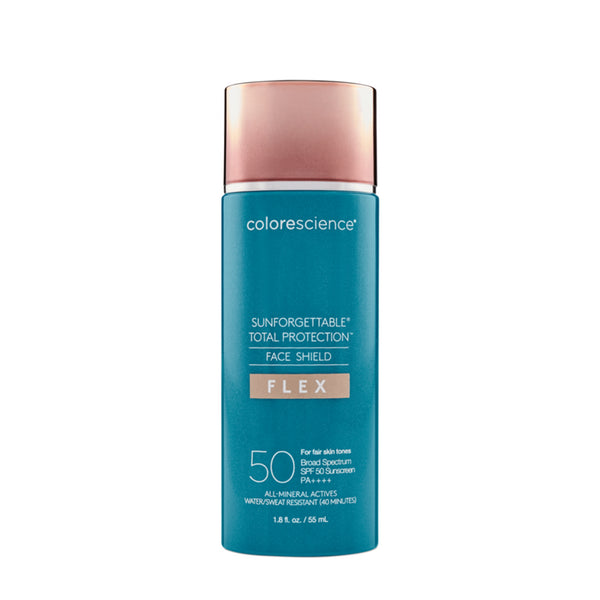
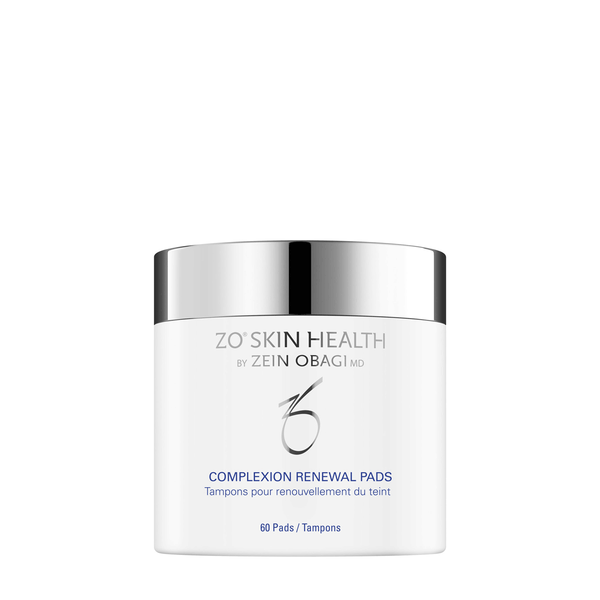
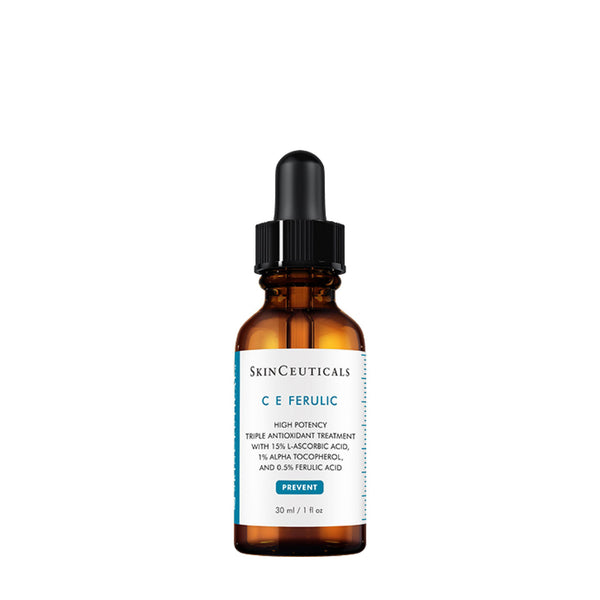
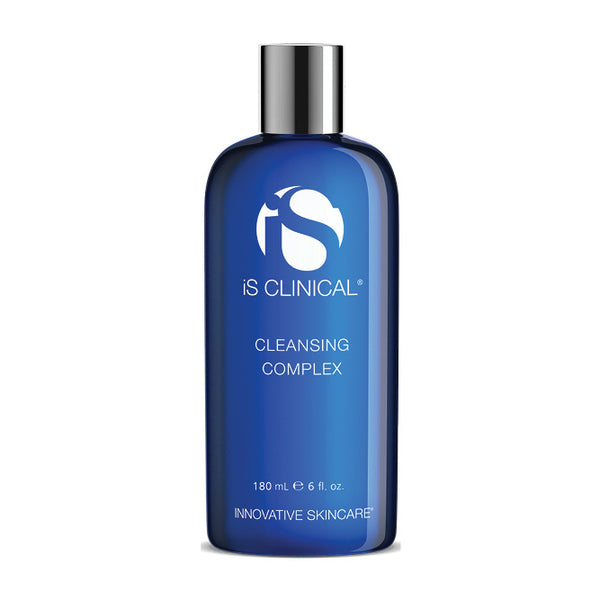
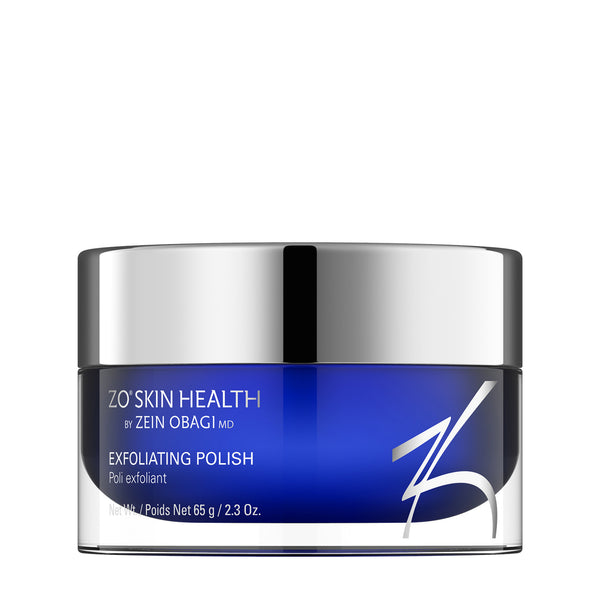



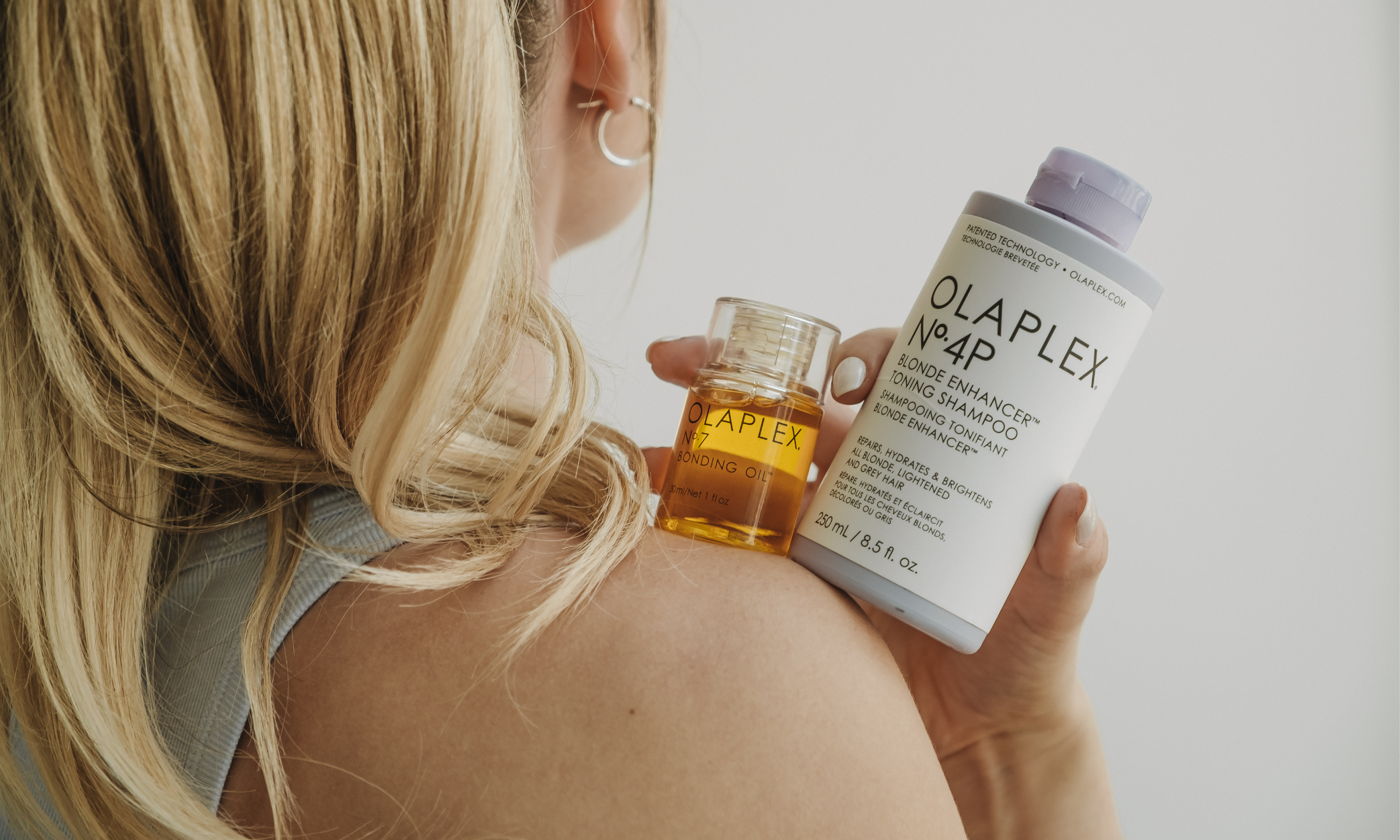
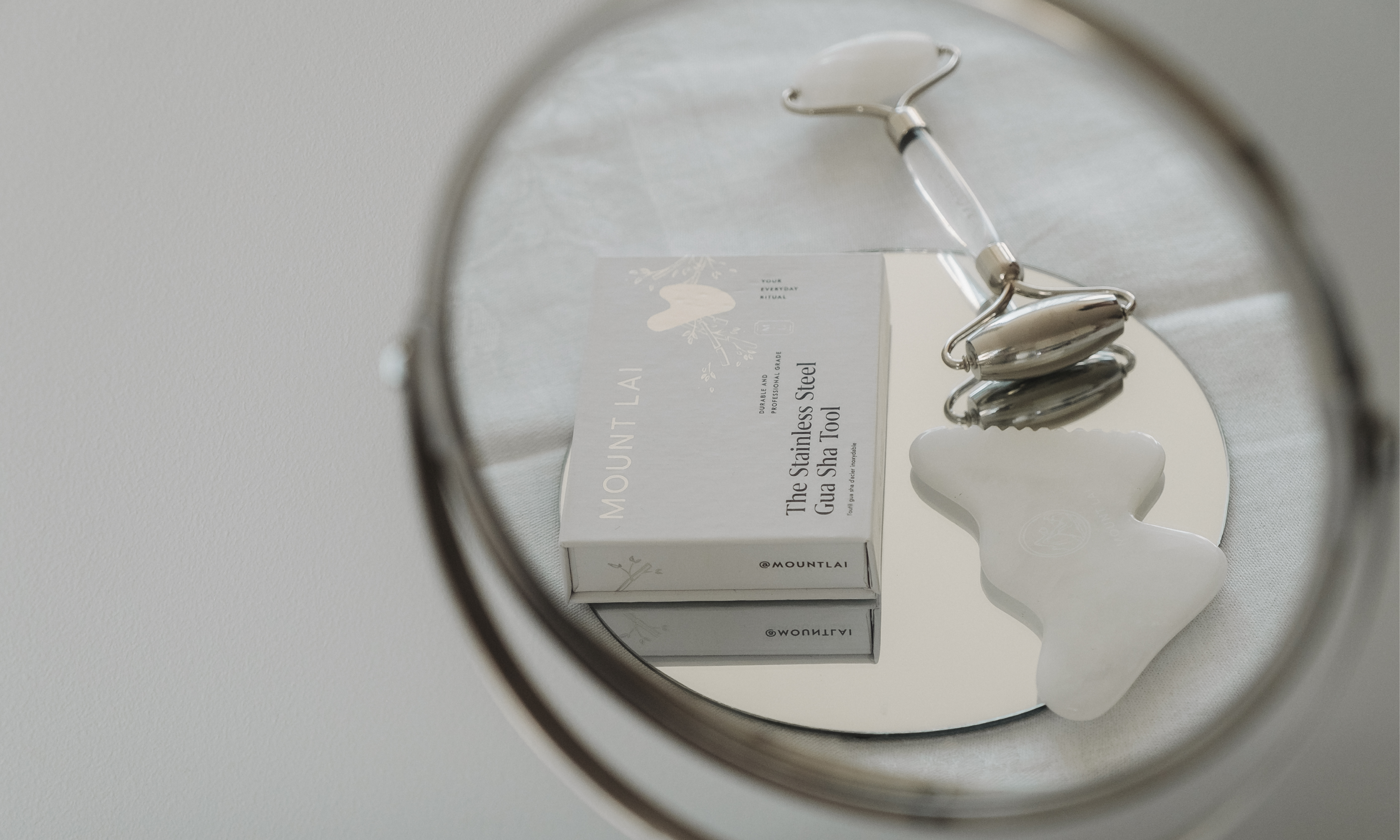



Leave a comment